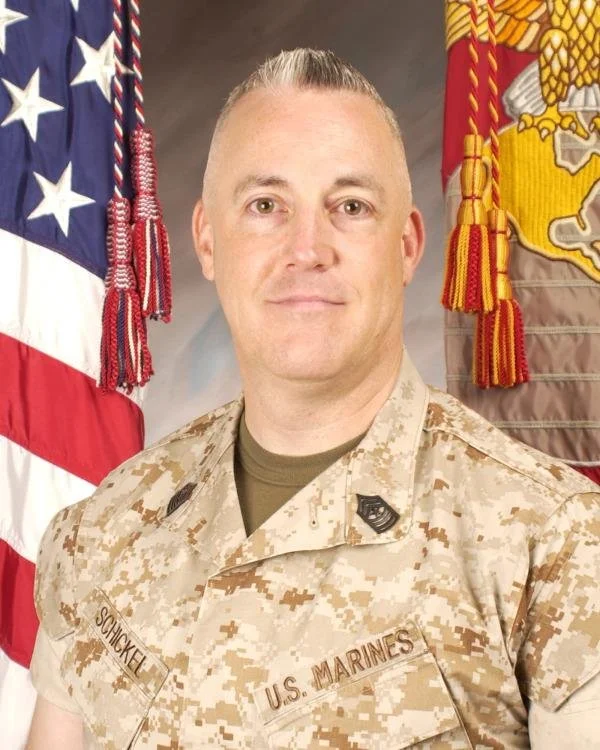By SGTMAJ James J. Schickel, USMC, Ret.
It is estimated there are 22 Veterans that commit suicide every day (USDVA, 2014). Young male Veterans under the age of 30 are three times more likely to commit suicide when compared to civilian males in the same age bracket, according to a new briefing released by the Department of Veteran Affairs (USDVA, 2014). The number of Veteran suicides largely remained unchanged between 2009 to 2011, but the number of male Veterans between the ages of 18 to 24, who committed suicide, increased by a rate of 33 per 100,000 over the three year period.
Young Veterans in the high-risk age category had a suicide rate of 79.1 per 1,000 (USDVA, 2014), while other American males had a suicide rate of 25 per 1,000, as NBC News pointed out. The study found that overall, male Veterans between the age of 18 to 24 and female Veterans were most likely to commit suicide. About 70 percent of male Veterans who committed suicide took their lives with firearms while nearly 80 percent of female Veterans died as a result of poison or firearms. Moreover, Veteran suicides among those enrolled in the Veteran Health Administration (VHA) decreased by about 30 percent, but suicides among Veteran non-enrollees soared by 60 percent (USDVA, 2014).
It has been estimated that 1,892 Veterans have committed suicide since January 1, 2014 (Good, 2014). Suicide is complicated and complex. The trajectory for suicide is as different as every human being is different. There are associated factors in relation to suicide, but there are no causal factors. It cannot be said that one thing – service, deployment, etc. – caused someone to commit suicide. Alarmed by the number of Veterans and active warriors taking their own lives, the Pentagon opened the Defense Suicide Prevention Office in 2011. The number of Veterans who commit suicide each day is more than 20 percent higher than the Department of Veterans Affairs had previously estimated, but the problem doesn’t appear to be getting worse for Veterans, compared to the rest of the country, according to a VA study. While much attention has been paid to suicides, by Veterans of Iraq and Afghanistan, the report indicates the problem is worse among older Veterans. About 70 percent of Veterans, who commit suicide, are over age 50 (USDVA, 2014). No matter how you look at it, the invisible wounds are casualties of war.
Post-Traumatic Stress (PTS) and Traumatic Brain Injury (TBI) Awareness is paramount in connecting with the Veteran community. If you have PTS, it doesn’t mean you just have to live with it. In recent years, researchers from around the world have dramatically increased our understanding of what causes PTS and how to treat it. Hundreds of thousands of Veterans have gotten treatment for PTS-and treatment works. Whether you just returned from a deployment or have been home for 40 years, it’s never too late to get professional treatment or support for PTS. Receiving counseling or treatment as soon as possible can keep your symptoms from getting worse. Even Veterans who did not realize they had PTS for many years have benefited from treatment that allows them to deal with their symptoms in new ways. Your mental well-being is just as important as your physical well-being. Continuous maintenance of your vehicle keeps it running smoothly. The same should be said for your mental and physical well-being. Society needs to care, and part of that is getting the awareness piece. If Veterans don’t self-identify, or if the community and loved ones cannot identify the signs or symptoms of the PTS and/or TBI that the Veteran is displaying, then triage cannot be provided. Become aware and show that you care. Thank a Veteran by becoming aware.

